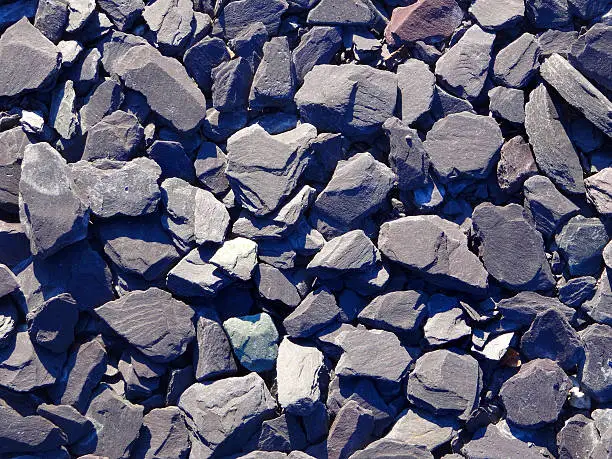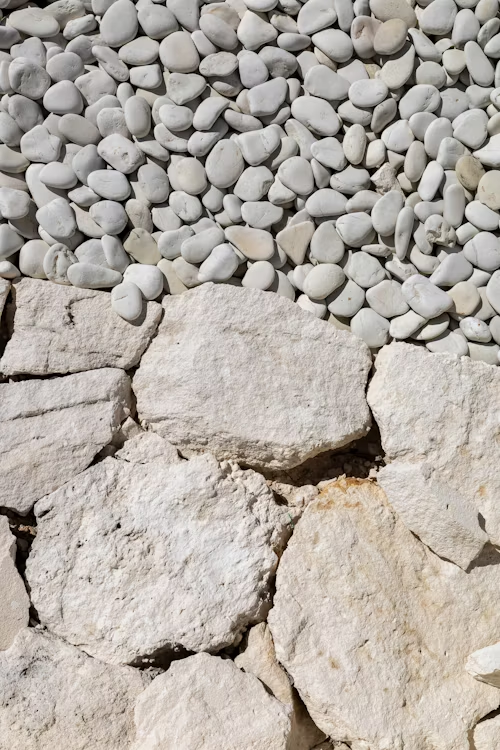A reasonably priced, aesthetically pleasing gravel driveway would improve your property. But over time issues including erosion, washouts, and loose stones could cause your driveway to be unstable. This book will guide you through the best methods and tools for stabilisation, compaction, drainage, and long-term maintenance if you wish to build a gravel driveway solid.
We will cover everything from starting fresh to looking to improve an existing gravel driveway from gravel driveway stabilisation techniques to how to stop gravel driveway washouts using professional and do-it-yourself approaches.

Why Gravel Driveways Become Unstable Over Time
Many homeowners face challenges keeping their gravel driveways solid and level. Common causes of instability include:
- Lack of proper road base for gravel driveways
- Inadequate drainage or sloping
- Use of the wrong gravel type
- No gravel driveway reinforcement grid or edging
- High traffic and weather-related wear
Addressing these issues early with smart gravel driveway hardening methods will ensure a longer-lasting surface.
Best Gravel for Solid Driveways
Not all gravel is suitable for building a durable, low maintenance gravel driveway. Choosing the right materials is key.
Crushed Stone vs. Pea Gravel Durability
Crushed stone with angular edges locks together better than round pea gravel, reducing movement and creating a firmer surface. Pea gravel is more prone to shifting, making it less suitable for top layers unless stabilized.
Stabilized Decomposed Granite Driveway
Decomposed granite is a fine gravel option that, when mixed with stabilizers, creates a solid, compact surface perfect for both residential and commercial driveway stabilization.
Gravel Driveway Binding Agents
Using polymer-based or natural stabilizing binders can help solidify loose gravel surfaces without affecting water permeability. These agents are especially useful for environmentally friendly driveway stabilizers and rural driveway stabilization.

Step-by-Step: How to Make a Gravel Driveway Solid and Long-Lasting
Follow these steps for a firm, durable gravel driveway installation:
1. Clear and Grade the Surface
Remove old gravel, vegetation, and debris. Create a gentle slope or crown using the gravel driveway crowning technique to promote runoff.
2. Lay Geotextile Fabric
Install geotextile fabric for gravel driveways to prevent mixing with the soil beneath and to enhance structural integrity.
3. Apply a Compacted Road Base
Spread 4–6 inches of crushed stone or gravel road base. Use a mechanical plate compactor to ensure firm support—one of the most effective driveway gravel compaction methods.
4. Add a Middle Gravel Layer
Choose medium-sized gravel and compact it well. For extra support, add a gravel driveway reinforcement grid or a plastic grid for gravel driveway surfaces to lock the gravel in place and prevent rutting.
5. Top It Off with Fine Gravel
Finish with a layer of small, angular gravel. Avoid round stones and always compact after spreading. Consider applying gravel driveway binding agents to reduce dust and improve firmness.
Drainage and Erosion Control for Gravel Driveways
Water is one of the biggest threats to driveway integrity. Proper gravel driveway drainage solutions are essential to long-term success.
- Install swales or French drains along the sides to direct water away.
- Crown the driveway to allow runoff to the edges.
- Use edging systems like timber, concrete, or steel to contain gravel.
- Add erosion control fabrics or barriers on slopes.
Maintenance Tips to Extend Gravel Driveway Lifespan
Even the most solid gravel driveway needs regular upkeep. Here’s a practical gravel driveway maintenance schedule:
- Monthly: Rake loose gravel back into place.
- Every 6–12 months: Re-grade, fill ruts, and compact gravel.
- As needed: Apply dust control for gravel driveways using water, dust suppressants, or recycled asphalt millings.
- Every few years: Consider gravel driveway resurfacing to refresh the surface and maintain appearance.
Using proper gravel driveway regrading techniques can prevent the formation of potholes and ruts.
DIY vs. Professional Gravel Driveway Stabilization
While many homeowners prefer a DIY gravel driveway hardening approach, some driveways—especially long rural ones gravel driveways—may benefit from professional help.
When to Use Commercial Driveway Stabilization Products
- Long, sloped, or high-traffic driveways
- Severe erosion or drainage issues
- Tar and chip driveway conversion projects
- Gravel driveways that require industrial binding agents
If your driveway frequently requires repairs, investing in commercial-grade stabilization might offer a better long-term solution.
Final Thoughts
Making a gravel driveway solid calls for careful planning, materials, and continuous maintenance rather than only spreading stone. Applying tested methods including gravel driveway stabilisation, selecting the best gravel for solid driveways, and preserving appropriate drainage will help you create a surface that resists weather and wear.
These techniques will increase longevity and lower future maintenance costs whether your preferred stabilised decomposed granite driveway, geotextile fabric, or gravel driveway reinforcement grid.
Not only does a well-installed and maintained gravel driveway improve curb appeal, but over time it saves you time and money.
